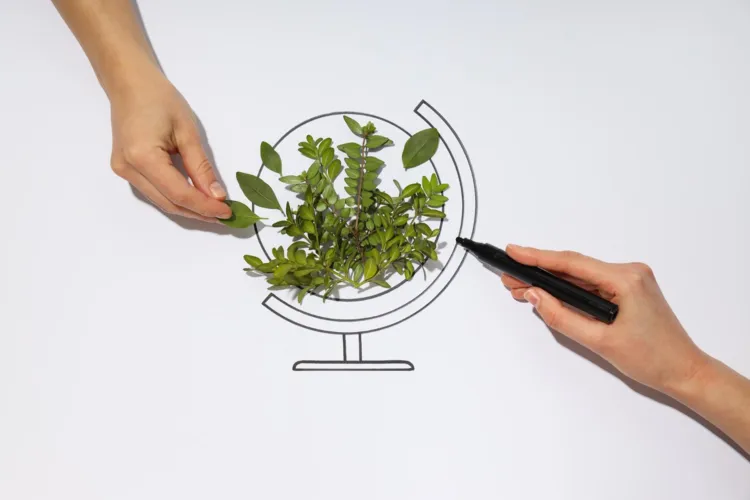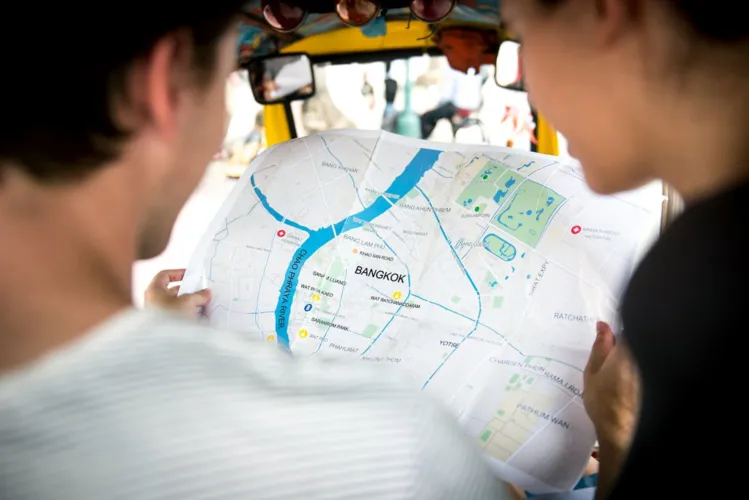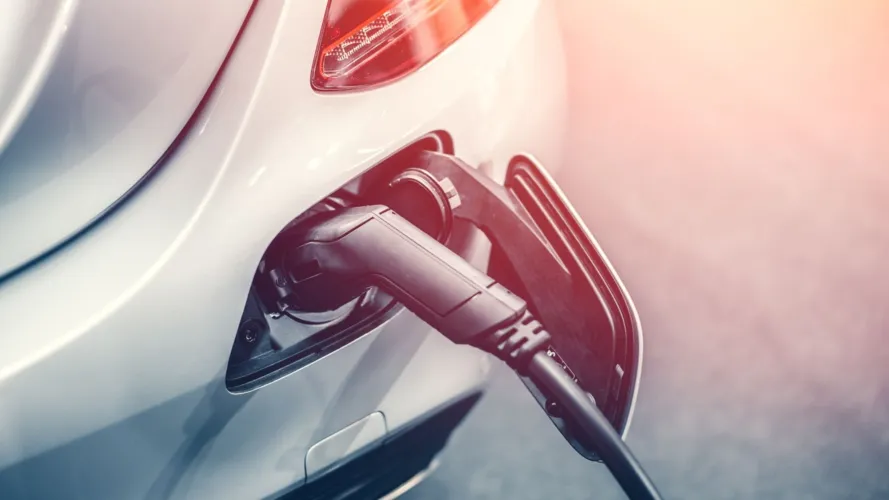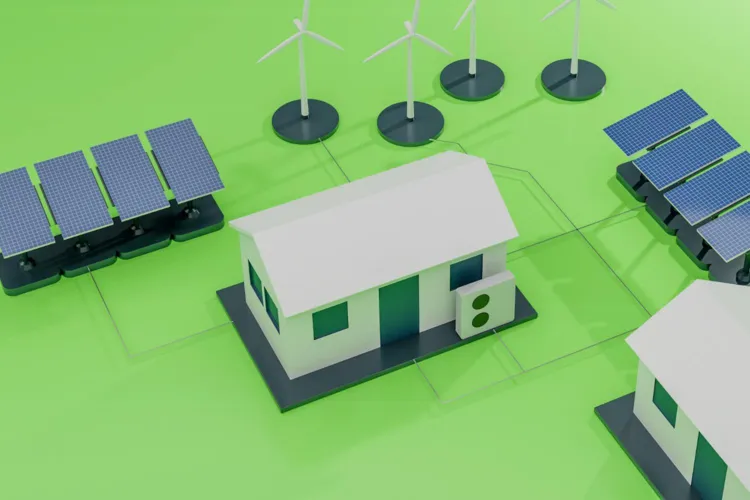A Strategic Shift in Bangkok's Urban Mobility
The Bangkok Metropolitan Administration (BMA) has initiated a significant expansion of its "BMA Feeder" electric shuttle bus service, launching five new routes on July 1, 2025. This project is not merely an addition of bus routes; it represents a strategic pivot toward an integrated, sustainable, and more efficient urban transport system. The initiative is a core component of the city's broader push to mitigate persistent traffic congestion and severe air pollution, positioning Bangkok as a leader in sustainable urban development. This report details the specific new routes, explains their function in resolving last-mile connectivity challenges, and analyzes the innovative financing model—underpinned by Article 6 of the Paris Agreement—that underpins the city's broader electric vehicle (EV) transition. A key finding is the imperative to distinguish the BMA's specific project from other parallel EV bus services, such as those operated by Thai Smile Bus and the Bangkok Mass Transit Authority (BMTA), each with distinct fare structures and operational models. The project's success serves as a potential blueprint for other global megacities seeking to implement financially viable, clean, and efficient public transport networks.
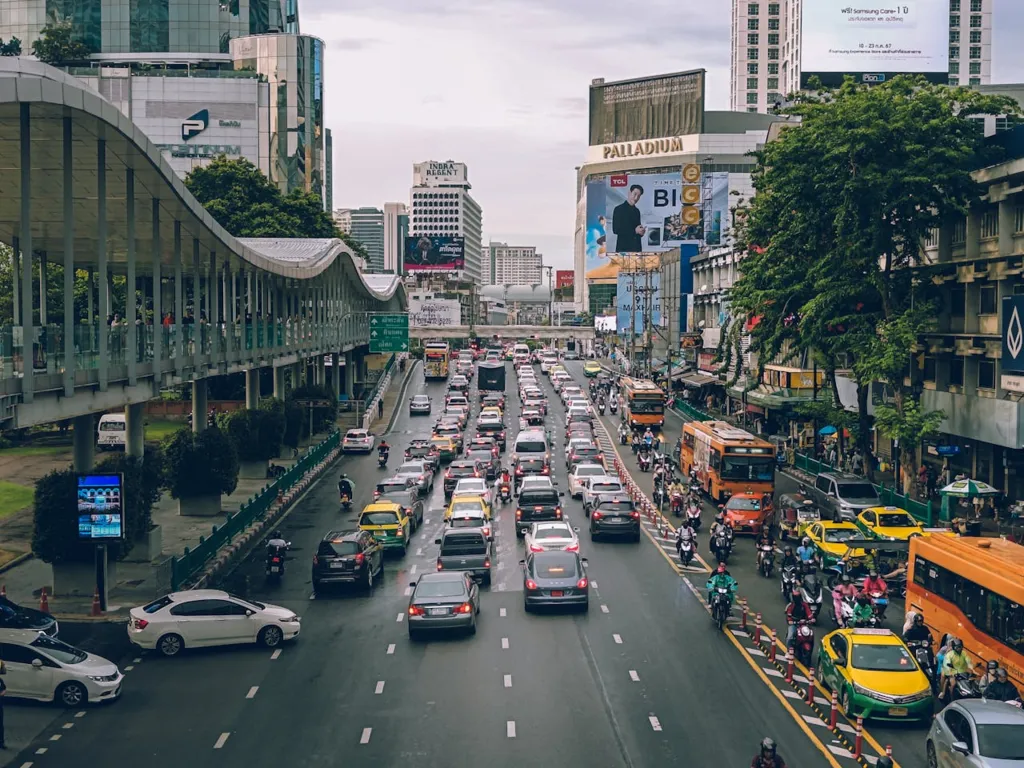
The BMA Feeder Project: Context and Strategic Imperatives
Background and Stakeholders
The BMA Feeder project is a direct response to Bangkok's pressing urban challenges, notably chronic traffic congestion and the pervasive issue of air pollution, including harmful PM2.5 particulates. The BMA, as the lead agency, aims to encourage a widespread transition from private vehicles to public transport. The project builds upon the success of two existing BMA Feeder routes launched in December 2024, which have since gained consistent public traction. This expansion, operational since July 1, 2025, is framed as a critical step toward creating a "greener capital" and advancing urban mobility.
The Fragmented Landscape of Bangkok's EV Bus Fleet
A comprehensive analysis of Bangkok's electric bus initiatives reveals a multifaceted and often fragmented landscape, which can be a source of confusion for commuters and analysts alike. The term "Bangkok EV bus" does not refer to a single, unified system but rather a collection of distinct projects operated by various public and private entities. For instance, the BMA's "BMA Feeder" project is separate from the large-scale EV bus network operated by private company Thai Smile Bus. Similarly, the city's Bus Rapid Transit (BRT) system, now upgraded with a new fleet of electric buses, is operated by the Bangkok Mass Transit System Plc (BTSC). Furthermore, the Cabinet has approved a seven-year, THB 15.35 billion electric bus leasing program for the BMTA, the primary public bus operator. These distinct projects, each with different funding mechanisms, operational scopes, and fare systems, underscore the complexity of Bangkok's transport modernization efforts. The BMA Feeder initiative, as a standalone project, must be understood within this broader context to avoid misinterpreting its specific purpose, fare structure, and strategic contribution to the network.
Network Expansion: Detailing the Five New EV Shuttle Routes
The New BMA Feeder Routes
The BMA has launched five new electric shuttle routes, each strategically designed to serve specific communities and connect them with key mass transit hubs. These routes are:
- Din Daeng – BTS Sanam Pao: This route provides daily service from 6:00 AM to 8:00 PM, linking the densely populated Din Daeng area with the BTS Skytrain network at Sanam Pao station.
- MRT Bang Khun Non – 4 Taling Chan Floating Markets: Operating exclusively on weekends and public holidays from 9:00 AM to 5:30 PM, this route facilitates access to popular tourist destinations and local markets from the MRT Blue Line.
- Samsen Road linking Thonburi side (Tang Hua Seng): This weekday-only route runs from 6:00 AM to 7:00 PM, providing a crucial connection across the Chao Phraya River to the Thonburi district.
- Kheha Rom Klao Community – ARL Lat Krabang: This daily service, available from 6:00 AM to 8:00 PM, provides a direct link between the residential community of Kheha Rom Klao and the Airport Rail Link (ARL) at Lat Krabang station.
- Children's Discovery Museum (Chatuchak) – BTS Mo Chit: This route, like the Taling Chan line, operates on weekends and public holidays from 9:00 AM to 5:30 PM, serving family-oriented travel and tourism by connecting the popular Children's Museum with the BTS and MRT hubs at Mo Chit.
This comprehensive set of routes and their operational hours are summarized for clarity in Table 1 below.
| Route Name | Key Connection Points | Operating Days | Operating Hours |
|---|---|---|---|
| Din Daeng – BTS Sanam Pao | Din Daeng – BTS Sanam Pao | Daily | 6:00 AM - 8:00 PM |
| MRT Bang Khun Non – 4 Taling Chan Floating Markets | MRT Bang Khun Non – Taling Chan Floating Markets | Weekends & Public Holidays | 9:00 AM - 5:30 PM |
| Samsen Road (Thonburi) | Samsen Road – Tang Hua Seng | Weekdays | 6:00 AM - 7:00 PM |
| Keha Rom Klao Community – ARL Lat Krabang | Keha Rom Klao Community – ARL Lat Krabang | Daily | 6:00 AM - 8:00 PM |
| Children's Museum – BTS Mo Chit | Children's Discovery Museum – BTS Mo Chit | Weekends & Public Holidays | 9:00 AM - 5:30 PM |
Strategic Role and Accessibility
The designation of these services as "feeders" is not incidental but signifies a core strategic objective: to solve the "last-mile" connectivity challenge that often deters commuters from using existing rail networks. The BMA recognized that many residential areas and popular destinations are not directly on a rail line, creating a gap between local communities and the high-capacity BTS, MRT, and Airport Rail Link systems. By introducing these shuttle routes, the BMA is effectively integrating these areas into the broader mass transit network, making it more convenient and appealing for residents to rely on public transport rather than private vehicles.
Passengers can catch these new electric shuttle buses at their specified origins and destinations, which are strategically located to facilitate transfers to major rail hubs. For example, the Din Daeng route originates within the residential community and concludes at a key BTS station, while the Keha Rom Klao route directly connects a large community to the Airport Rail Link. This approach creates a denser, more cohesive public transport ecosystem, thereby increasing the overall utility of Bangkok’s entire network.
A Blueprint for Sustainability: Policy and Environmental Implications
Local Environmental Impact
The introduction of these EV shuttles directly supports Bangkok’s sustainability goals by providing a clean, low-emission alternative to conventional public transport. The transition away from diesel and natural gas-powered buses is crucial for reducing greenhouse gas emissions and, more immediately, for improving air quality. The reduction in exhaust fumes and noise pollution from these electric vehicles contributes to a healthier urban environment and directly addresses the city’s struggle with high levels of PM2.5 dust. This initiative is a tangible step in the city's broader commitment to decarbonizing its transportation sector and protecting public health.
The Global Policy Framework: Article 6 of the Paris Agreement
Beyond the immediate local benefits, the Bangkok EV bus program is a pioneering model for international climate finance, demonstrating how ambitious sustainability projects can be made financially viable. The project is aligned with Article 6 of the Paris Agreement, which allows for international cooperation on emission reduction targets. This framework has facilitated a groundbreaking bilateral agreement between the governments of Thailand and Switzerland.
Under this arrangement, a Swiss-based entity, the KliK Foundation, purchases International Transferred Mitigation Outcomes (ITMOs), which are essentially carbon credits, from the Thai program. This transaction generates significant climate finance for Thailand, a crucial revenue stream that directly addresses a major hurdle in EV adoption: the high capital and operational costs of electric vehicles compared to their fossil-fuel counterparts. This funding is essential for offsetting the total cost of ownership (TCO) differential between electric and conventional buses and for building the necessary city-wide charging infrastructure.
This "win-win" scenario allows Switzerland to meet its emission reduction targets more cost-effectively while providing Thailand with the financial resources to rapidly modernize its public transport fleet and improve urban air quality. The project's "additionality"—the fact that it would not have been implemented without this carbon revenue—validates the model as a powerful tool for deploying low-carbon technology on a large scale. This innovative funding mechanism positions the program as a "beacon" and a potential blueprint for other nations seeking to finance large-scale decarbonization efforts.
Operational and Financial Analysis: A Multi-Layered Fare System
Fare System for the BMA Feeder Service
Regarding the fare for the new BMA Feeder routes, the service will be initially free for the public. This strategy is likely intended to encourage widespread adoption and allow commuters to become familiar with the new routes and their connectivity benefits without any financial barrier. The BMA has not yet announced a final fare structure for the BMA Feeder services beyond this initial free period.
Comparative Analysis of Major Bangkok EV Bus Fare Systems
It is crucial to distinguish the BMA Feeder’s fare system from other electric bus services in Bangkok, as the research material reveals different pricing models depending on the operator. For example, the privately-operated Thai Smile Bus (TSB) network, which also uses electric buses, has a distance-based fare structure. The fare ranges from 15 to 25 baht, depending on the length of the journey. TSB also offers a prepaid "HOP Card," which provides a daily fare cap of 40 baht for unlimited bus travel, or 50 baht for combined bus and boat journeys within a single day, offering a significant incentive for frequent users.
In contrast, the upgraded Bus Rapid Transit (BRT) service, operated by BTSC, has a suggested flat fare of 15 baht per ride, though the final fare structure is pending official announcement from the BMA. These distinct fare systems highlight the operational independence of the various EV bus initiatives across the city, as detailed in Table 2 below.
| Service/Operator | Fare Model | Payment Methods | Key Details |
|---|---|---|---|
| BMA Feeder (BMA) | Free (initially) | N/A | Initial free period to encourage ridership. |
| Thai Smile Bus (TSB) | Distance-based: 15-25 Baht | Cash, HOP Card | Daily fare cap for HOP Card users: 40 Baht (bus only) or 50 Baht (bus + boat). |
| Bus Rapid Transit (BTSC) | Suggested flat rate: 15 Baht | To be announced | Re-launched system with new electric buses; final fare to be set by BMA. |
This multi-tiered system underscores the need for a unified approach to fare collection and integration to provide a seamless commuter experience in the future.
Synthesis, Challenges, and Recommendations
Synthesis of Findings
The BMA Feeder project is a microcosm of a larger, multifaceted urban mobility strategy in Bangkok. The project’s success hinges on its capacity to integrate last-mile connectivity with ambitious climate goals, all enabled by a pioneering international financing mechanism. By strategically linking residential and commercial areas to the existing rail network, the BMA is not just expanding bus services but is actively building a more integrated and user-friendly public transport ecosystem. The project’s reliance on the Thai-Swiss bilateral climate agreement under Article 6 of the Paris Agreement is a testament to the city’s innovative approach to overcoming financial barriers to a clean energy transition.
Challenges and Opportunities
While promising, the current landscape presents certain challenges. The primary obstacle to a seamless passenger experience is the fragmentation of the transport network, which includes a range of operators (BMA, Thai Smile Bus, BMTA) and disparate fare systems. The existence of multiple payment methods and pricing models can complicate travel for commuters, especially for visitors.
However, the BMA Feeder project also presents a significant opportunity. Its success serves as a critical proof-of-concept for the further expansion of Bangkok’s feeder network, with a proposal for 30 new feeder routes already under consideration. This large-scale expansion will require not only a robust fleet but also a comprehensive city-wide charging infrastructure, which is a key component of the Thai-Swiss agreement and its associated financing.
Recommendations for Future Urban Mobility Policy
- Standardized Ticketing: The BMA and its partners should prioritize the development and implementation of a single, interoperable fare card or digital payment system that works across all public transport networks, including the BTS, MRT, BMA Feeder, and other bus services. This would streamline the commuter experience, mirroring successful models in other global cities.
- Policy Replication: The Thai-Swiss carbon finance model under Article 6 of the Paris Agreement should be actively showcased as a blueprint for other cities and nations. This model demonstrates how to leverage international climate finance to fund large-scale, capital-intensive clean transport projects that would otherwise be financially unfeasible.
- Unified Data Integration: A unified, real-time tracking application should be developed to provide comprehensive information for all EV bus services, regardless of the operator. Such an app, similar to the existing systems for Chulalongkorn University's internal buses, would improve route planning and passenger confidence.
In conclusion, the BMA Feeder project marks a strategic and financially innovative step toward a more sustainable and connected Bangkok. Its success provides a valuable case study for urban planners and policymakers worldwide, demonstrating that integrated transport solutions, backed by innovative financing, are a powerful catalyst for urban transformation.


